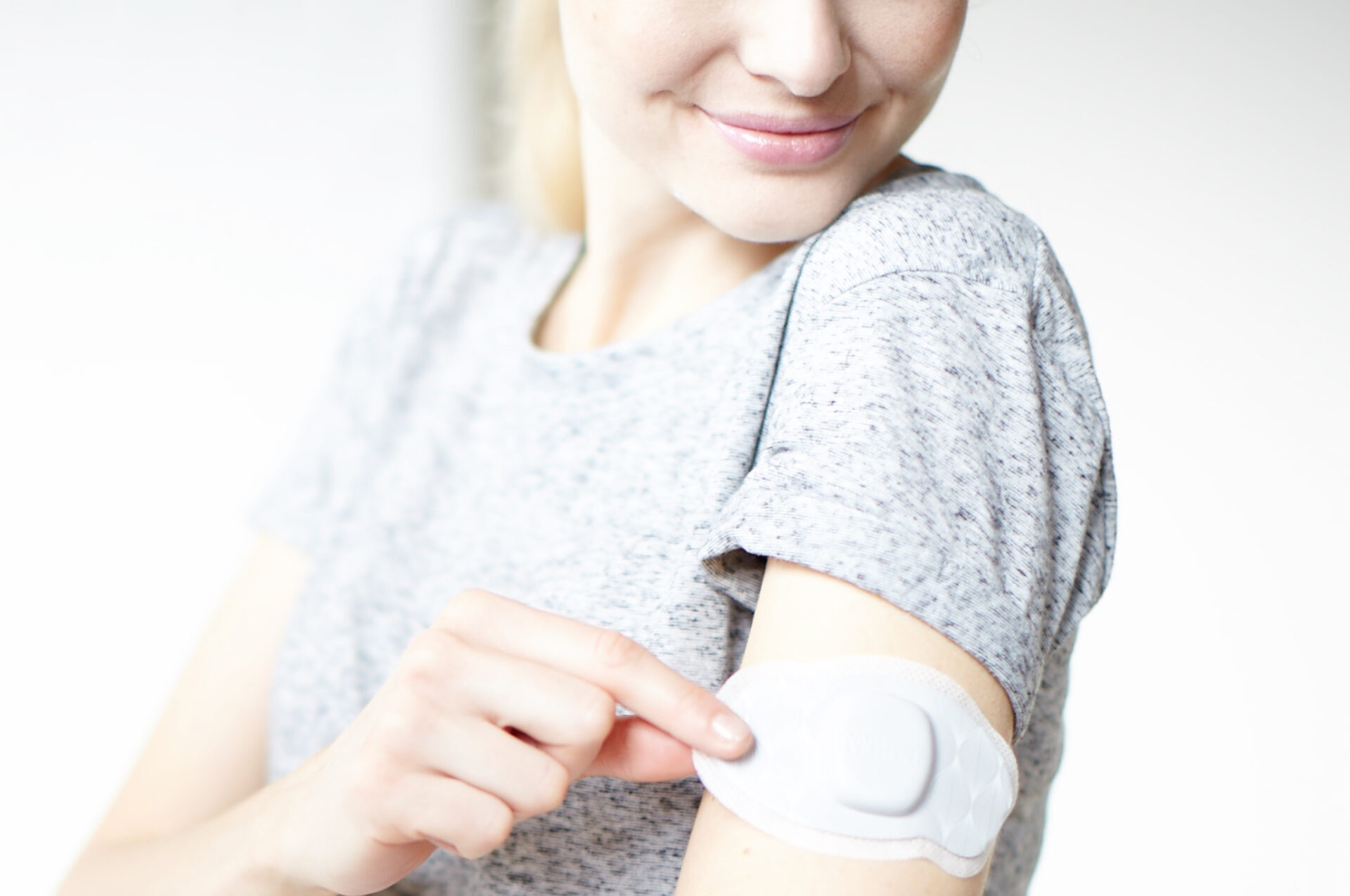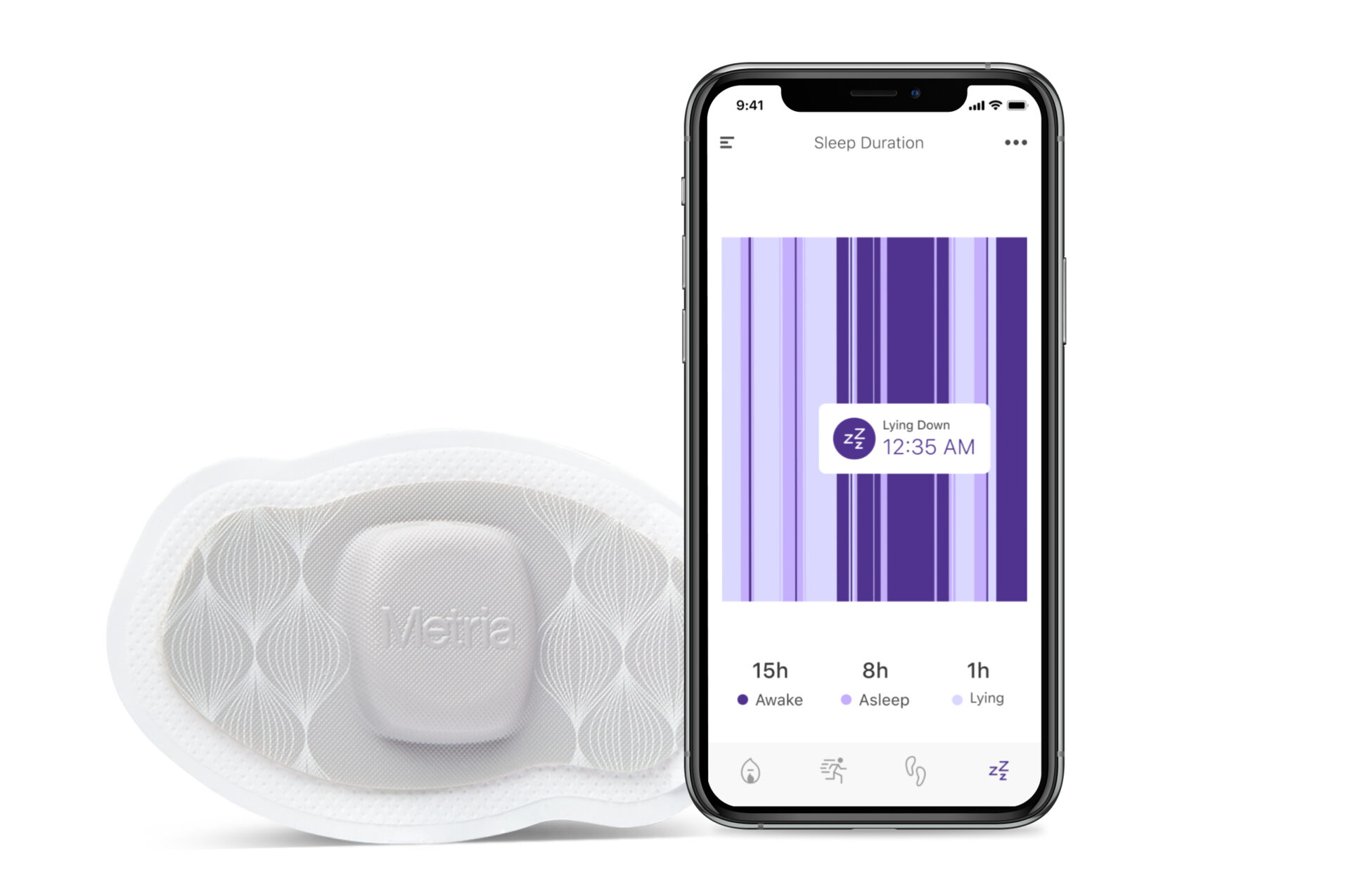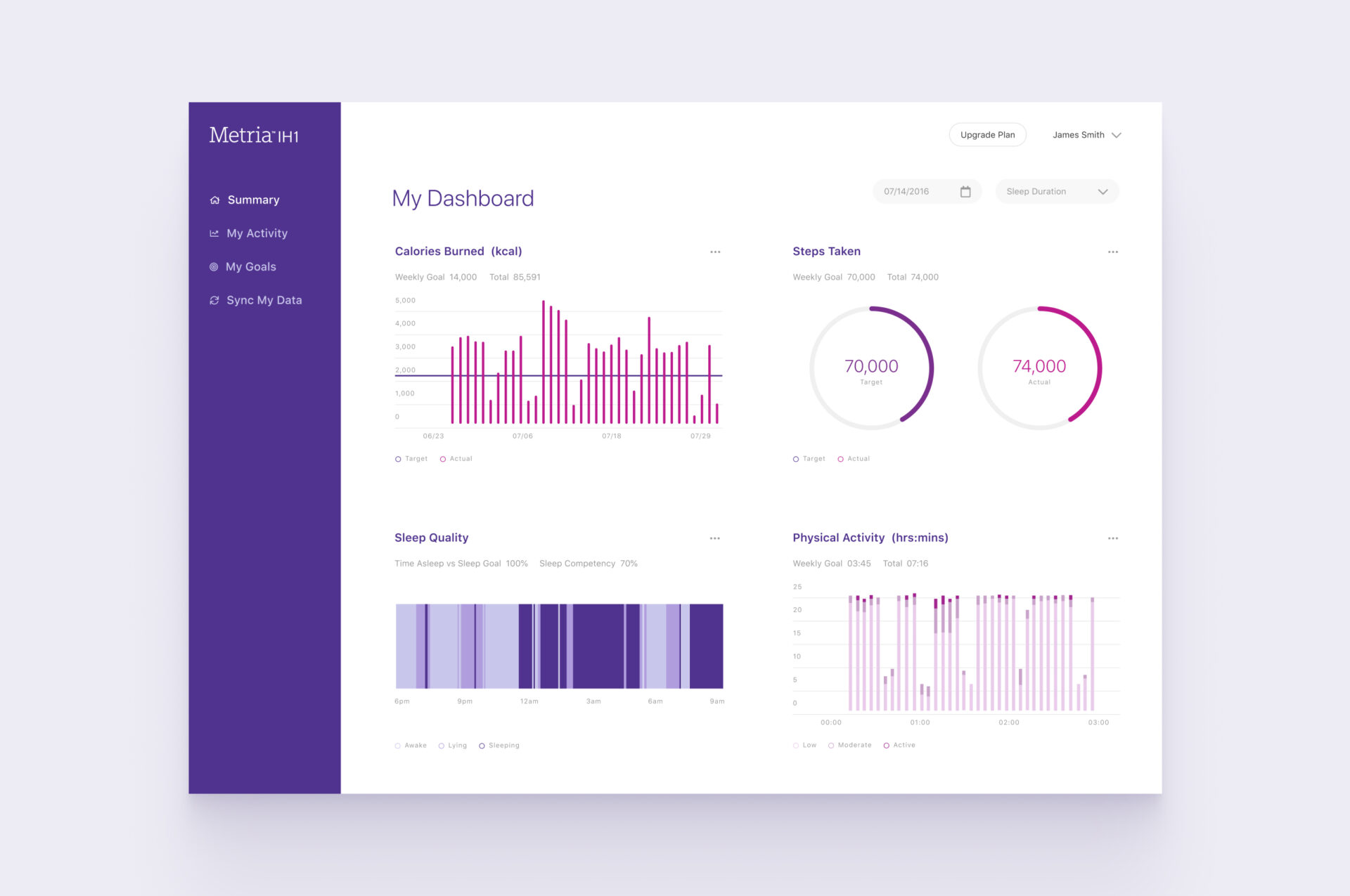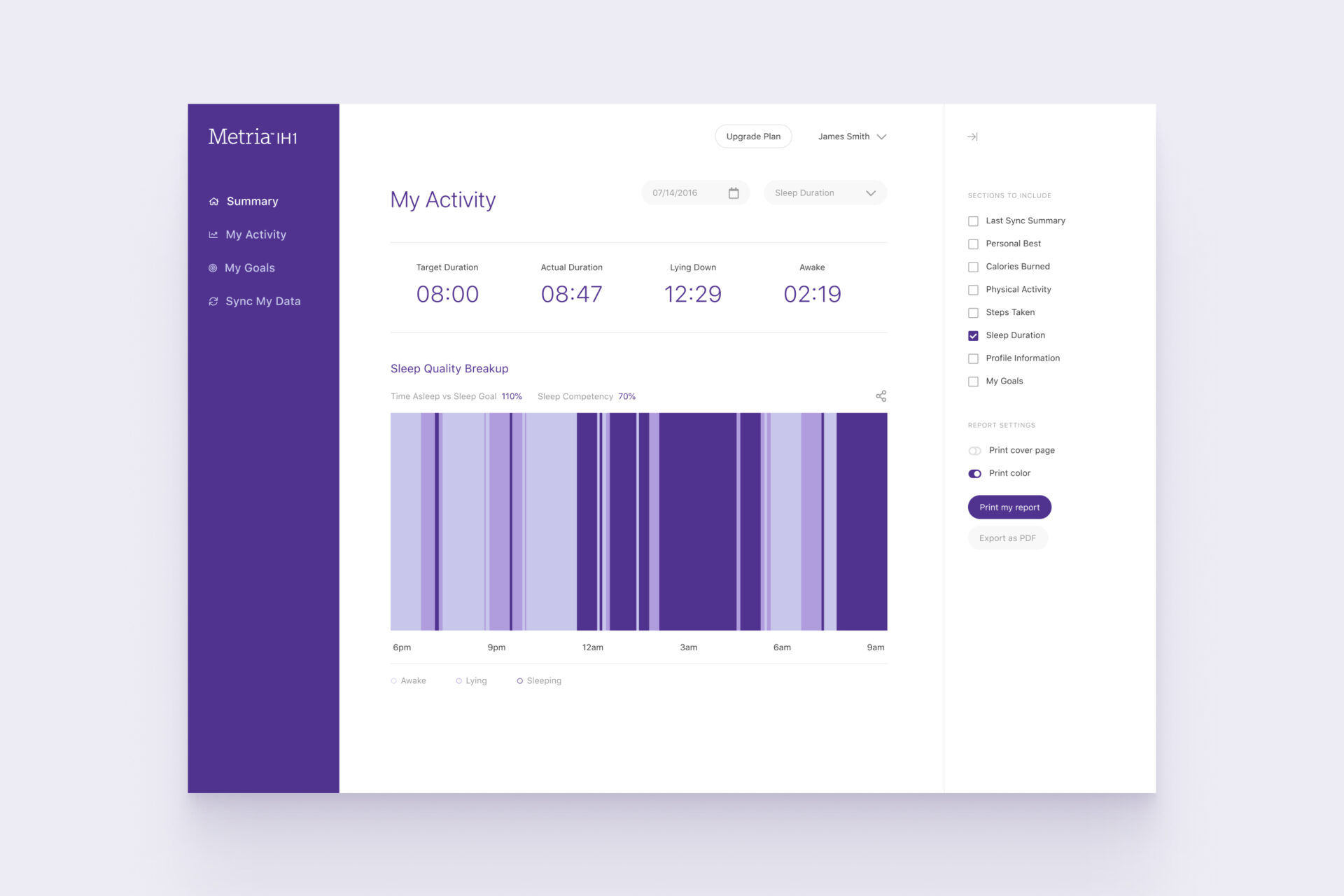User testing up-close and personal
Extensive user testing was essential to establishing the best possible experience. We quickly realized that to get the most useful feedback, we would need to wear the Metria IH1 for a seven-day period ourselves. This provided a valuable immersion into the data and allowed us to create a truly human-centered interface.




